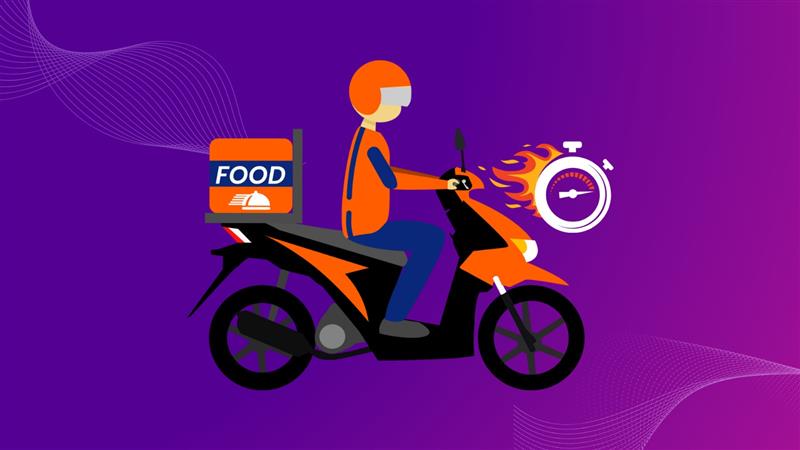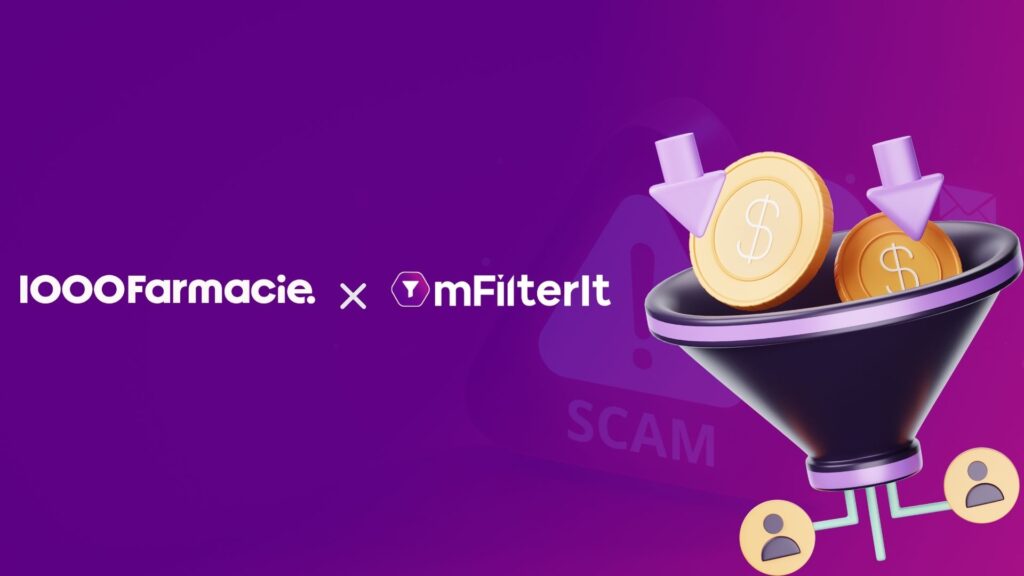Advertisers spend millions of dollars every year on digital ads to ensure that they reach the right audience and expand their reach. They get the traffic, and they are happy that their ads are reaching the desired audience.
But is this traffic coming from a genuine audience? This question was never thought of until the word “Bot Traffic” came into existence.
In the past few years, bot activity has taken a surge and advertisers are unknowingly spending money on views that are coming from Bots instead of real users. Not just the money, irrelevant traffic coming from bots is impacting the effectiveness of the digital campaigns and the advertisers are in a shock. In this blog, we are covering the impacts of bot traffic and how one can detect bots in their ad campaigns.
Read along,
Table of Contents
ToggleWhat is bot traffic?
According to recent statistics, 50% of the web traffic constitutes bot traffic. These bots are used for good and bad purposes. While the good bots help the internet to run smoothly, the bad bots are malicious bots that mimic human traffic.
In recent times, there has been a rapid rise in bot traffic. These bots do not just compromise the ad campaign data, they can also commit grievous cyber-attacks to steal data and commit DDoS attacks. The bot traffic heavily impacts the advertisers running “pay per click” or “pay per impression” campaigns by disrupting the analytics data and draining their advertising budget.
Bot Traffic Drains Not Just Advertising Budget
The foremost thing that advertisers have to deal with is the draining of ad budget on bot traffic. Instead, this wasted ad budget can be used to target real humans. But that’s not the only aspect of concern. Apart from money, the advertisers also end up with skewed data due to bot traffic. Some of the consequences of a manipulated data are:
1. Automation Leads to Targeting Wrong Audience
Major advertisers use automation to target a large amount of user behavior data and allocate advertising spend on ads without any manual intervention. However, if the targeted audience data is generated by bots instead of genuine customers, then due to automation the ads end up in the wrong place at the wrong time.
2. Heated traffic
Due to bot activity, some pages can witness a sudden peak in website traffic boosted by bots. Some posts may seem to work better on social media due to high impressions and engagements. Seeing the high traffic, advertisers fall into the trap and invests more money in the ad campaigns instead of investing time and money on campaigns that can attract a real audience.
3. Wrong Chargebacks
In case of a credit card fraud where bot activity is involved, the businesses have to incur the cost of chargebacks. However, this money goes to the fraudster instead of the legitimate owner of the credit card. Moreover, this cost is not considered in the revenue figures when analyzing the campaign’s effectiveness.
Ways to Identify Bot Traffic
1. Unusual Spike in Traffic
If you see an unusual spike in your ad traffic, this is a clear sign of bot activity in your ad campaign. Below is an example of an unusual flow of traffic due to bots.
2. High Impressions
An impression is a metric that measures the number of times an advertisement is displayed on a user’s screen. When running a CPM campaign, if you see a spike in impressions at a consistent rate then it can be assumed as a bot activity. Below is an example of a case of an IP bot pattern where repetitive impressions are served to a specific IP at a specific hour during the day.
3. Click To Conversion rate is low
If you witness a spike in the number of clicks in your ad campaign, and the number of conversions is not relative then it is a case of bot fraud. As the bots cannot convert, they just visit the website and leave. This results in high traffic whereas the conversion rate remains low.
4. Traffic from Unusual Location
If you are receiving traffic from a location outside your targeted area, it could be a sign of bot traffic. For example, if you’re targeting an audience from Chicago and you’re receiving traffic from California, Iowa, and even France then it might be the bot interacting with your ads. Below is an example of the geo fraud committed by bots.
5. Analyse Suspicious IP Addresses
If your campaign is getting heavy traffic in a short period from a single IP, it is a clear sign of bot activity. The best way to protect your ad campaigns from IP bot attacks is to block them.
Why your brand needs an ad-fraud expert to combat bot traffic?
The above-mentioned ways can help you track basic bot activities. However, over time some sophisticated bots have also emerged which are hard to trace without an expert eye. To protect your ad campaigns from sophisticated bots, it is important to partner with an ad fraud detection and prevention solution provider like mFilterIt to ensure full-funnel coverage from fraud.
Along with detecting the usual bot patterns, our Ad traffic validation suite ensures that your ad campaigns are not impacted by a new bot. Every day there is a new bot emerging, thus whenever we detect a new ‘bot’ in an ad campaign of an X customer, our first step is to identify that bot in the campaigns of other customers and flag them on every customer’s ad campaign.
So, if you’re still thinking about acting against bot traffic, do it now. Save your ad spends to go in the drain on irrelevant traffic and focus on investing it to attract real customers. If not now, then when?









